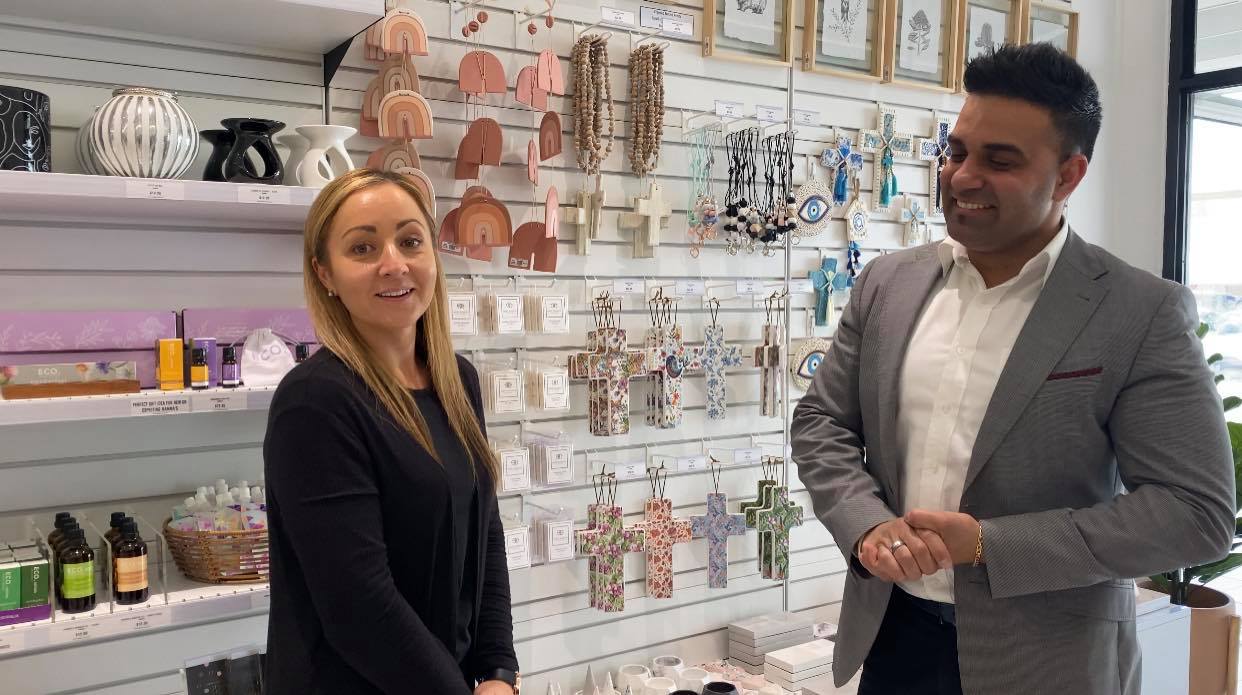Money tricks to turbocharge your savings and boost your buying power
A period of financial uncertainty has encouraged many people to save more money and invest to grow their wealth.
Property prices have been pushed to new highs by cashed-up buyers armed with ample deposits and increased borrowing power boosted by record-low interest rates.
With buyers bidding with more money than ever, having extra cash to spend could mean the difference between securing your dream property or missing out.
Whether you’re buying your first home or upgrading, turbocharging your savings can get you into the property market sooner while building healthy habits, or empower you to take the next step into a longer-term home.
Saving strategy
Saving is much more effective with a solid strategy and goal, so it’s important to get the basics right from the beginning.
Tracking and managing household cash flow will help formulate effective ways to save, rather than flying blind.
“Most people are actually yearning to have better money management and better accountability,” says Property Planning Australia managing director David Johnston. “Most people have budgets for short periods of time but then fall out of the habit.”
In its simplest form, a household budget should track and categorise income and expenses, revealing ways to cut spending without adversely affecting lifestyles and options for growing income over time to reach a set goal.
There’s no one budgeting style that’s better than others – a multi-tab spreadsheet with complex formulas might work for some, while others will prefer an old-school paper-based method. The key is creating a tracking system that’s easy for you to use, refer to, and refine as necessary.
Money management
An automated saving strategy can encourage healthy spending habits while taking away much of the guesswork of saving.
“One of the things we talk to people about is having a money management system – having really clear separate ‘buckets’,” says Johnston.
A typical “bucket” approach uses multiple fee-free bank accounts to divide money into separate categories. All income is paid into one account which continues to grow, ideally an offset account for existing home-owners. Established amounts for different purposes – based on the household budget – are then automatically transferred to different accounts each week.
Categories can include non-negotiable necessities (such as utilities, rent or mortgage payments, which are direct-debited), variable necessities (such as groceries and transport), discretionary expenses (such as leisure and entertainment) and various saving goals (such as a house deposit, car purchase or holiday).
Savings accounts should have no card access to reduce the temptation to dip in for discretionary purchases.



